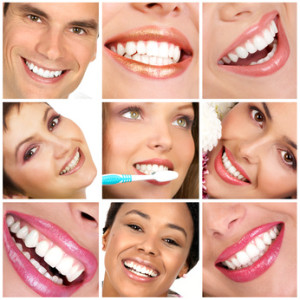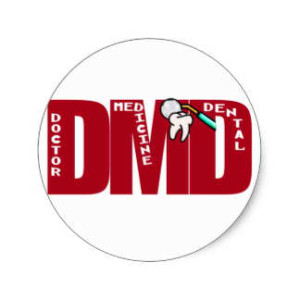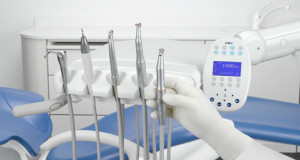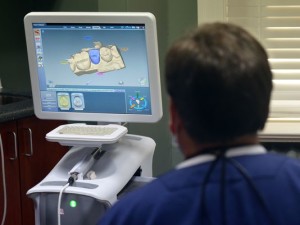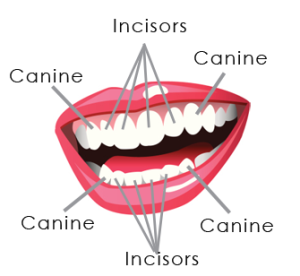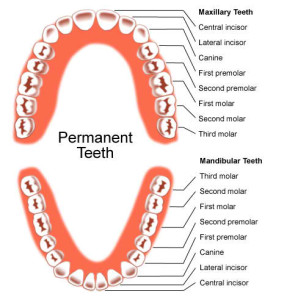Men and women are always advised to see a dentist for at least twice per year. The primary reason is to monitor, secure the oral health and ensures it is free from dental problems, like cavities. However, seeing a dentist means you need to prep up your wallets. Why? It is because of expensive dental treatments.
With financial crisis near you, you can’t help looking for other possible and cheap options. Little did you know, these so-called “professional dentists” might lend you a hand of reaching your dental nightmares!
Fake dentists are circulating these days. Unlike professional dental care providers, these scams don’t think about your well-being. Although they offer cheap services for you and your family, fake dentists are among the common reasons of getting a number of dental problems. The statement is proved by legit researchers wherein unlicensed dentists are Americans’ commonest reason of having dental illnesses.
Unlicensed dentists are tempting. They are hard to resist because they offer cheap and surprisingly affordable dental treatments, such as root canal treatment and tooth extractions. However, remember that fake dentists are only good at first! Majority of dental patients who experience dealing with fake dentists suffer from severe infections that they immediate hospital admission. Besides the hassle, the case can double up the dental bills!
Fake dentists are only after your money. They don’t care about your oral health and entire well-being. Fake dentists don’t have stable clinics. They can even force you to spit on a garbage can, proceed with treatment right after and dump you, like you haven’t paid them. Although these practices are bearable, they are deemed dangerous! Imagine if your root canal treatment went wrong! Fake dentists can cause serious mouth infections, like uncontrollable bleeding of gums!
Regardless of how tempting these fake dentists were, remember that it isn’t wise to bargain your health to save your lifetime savings. There are professional dentists who can give you satisfaction without experiencing bankruptcy. In fact, there are good dentists who can give you a discount thru a dental insurance!
To avoid getting tricked, search for reliable recommendations. Trusted referrals can be acquired from your family, loved ones and friends.
If you spot a fake dentist on board, call the 24 hour dental emergency hotline.
Our oral health lays a window to our general health. That fact is enough reason for you to take your mouth, teeth and gums seriously by considering a licensed and credible dentist.

